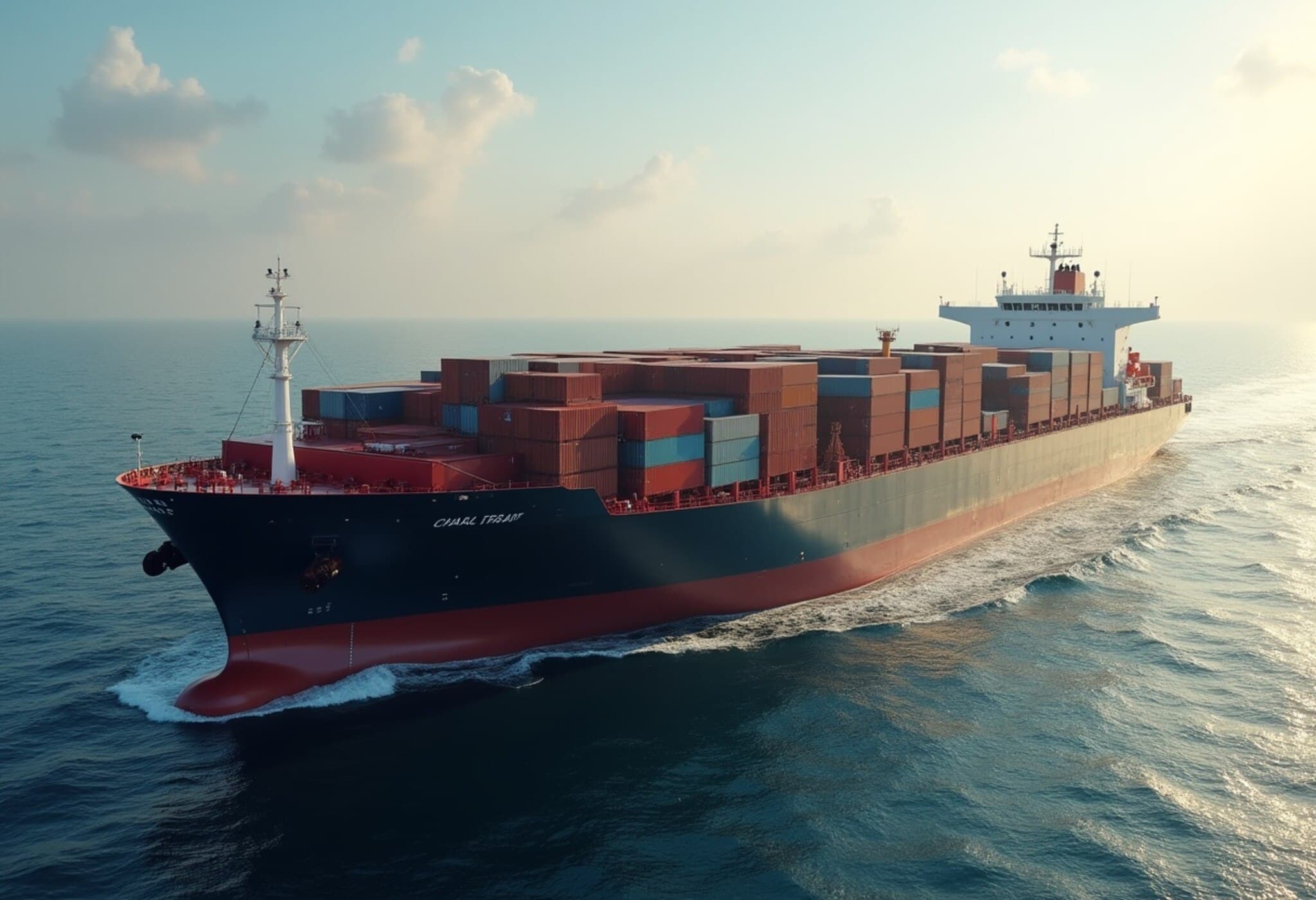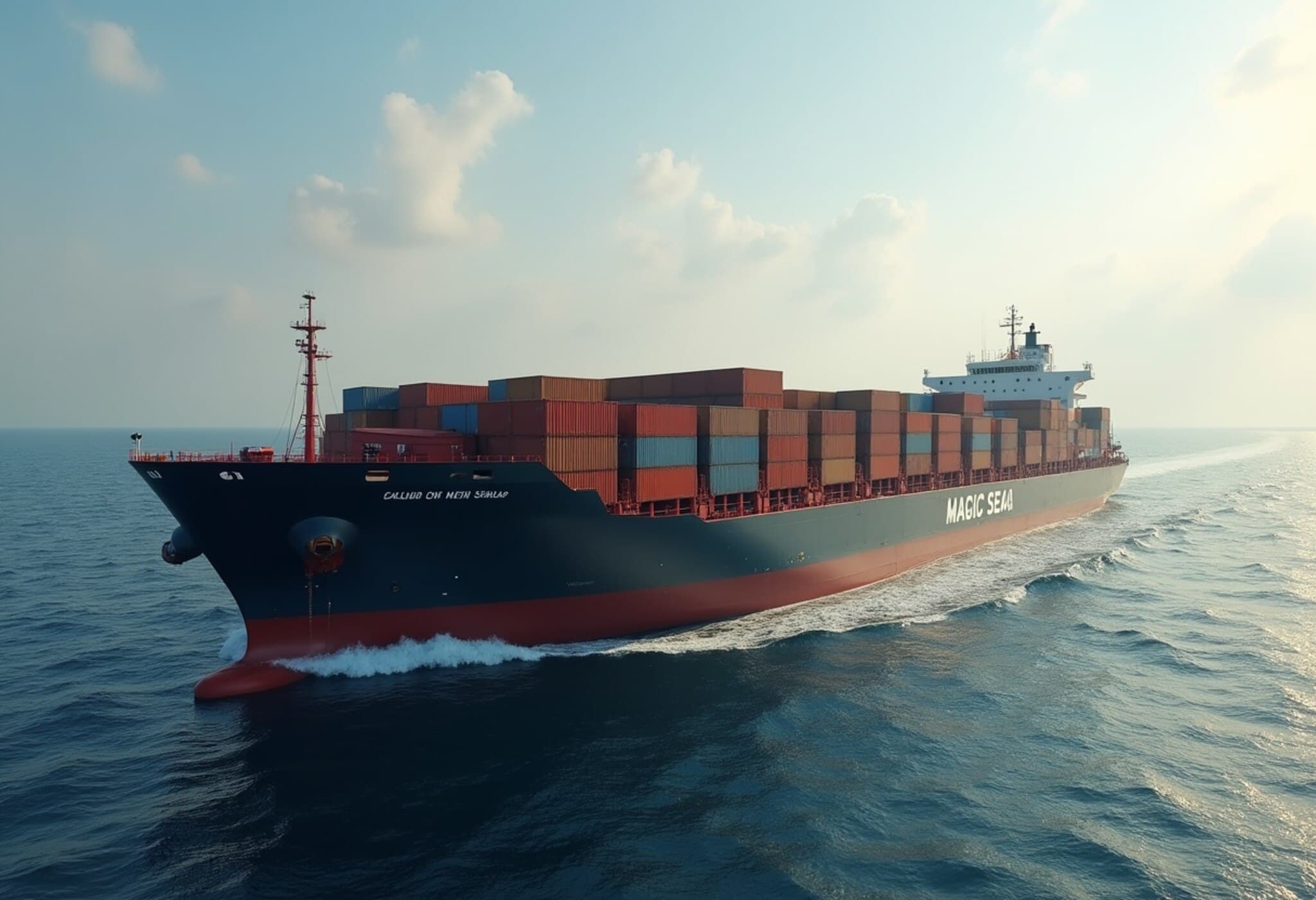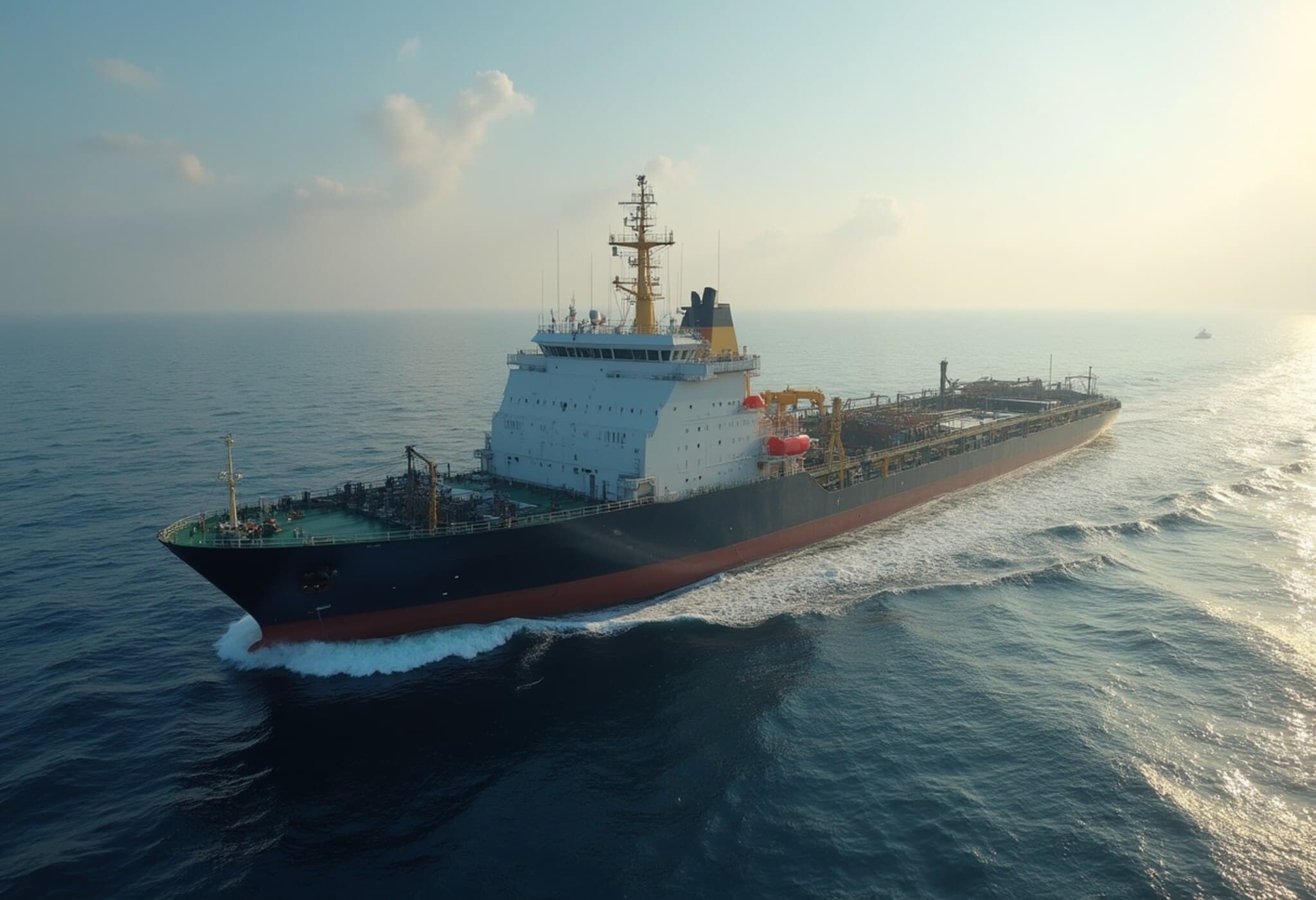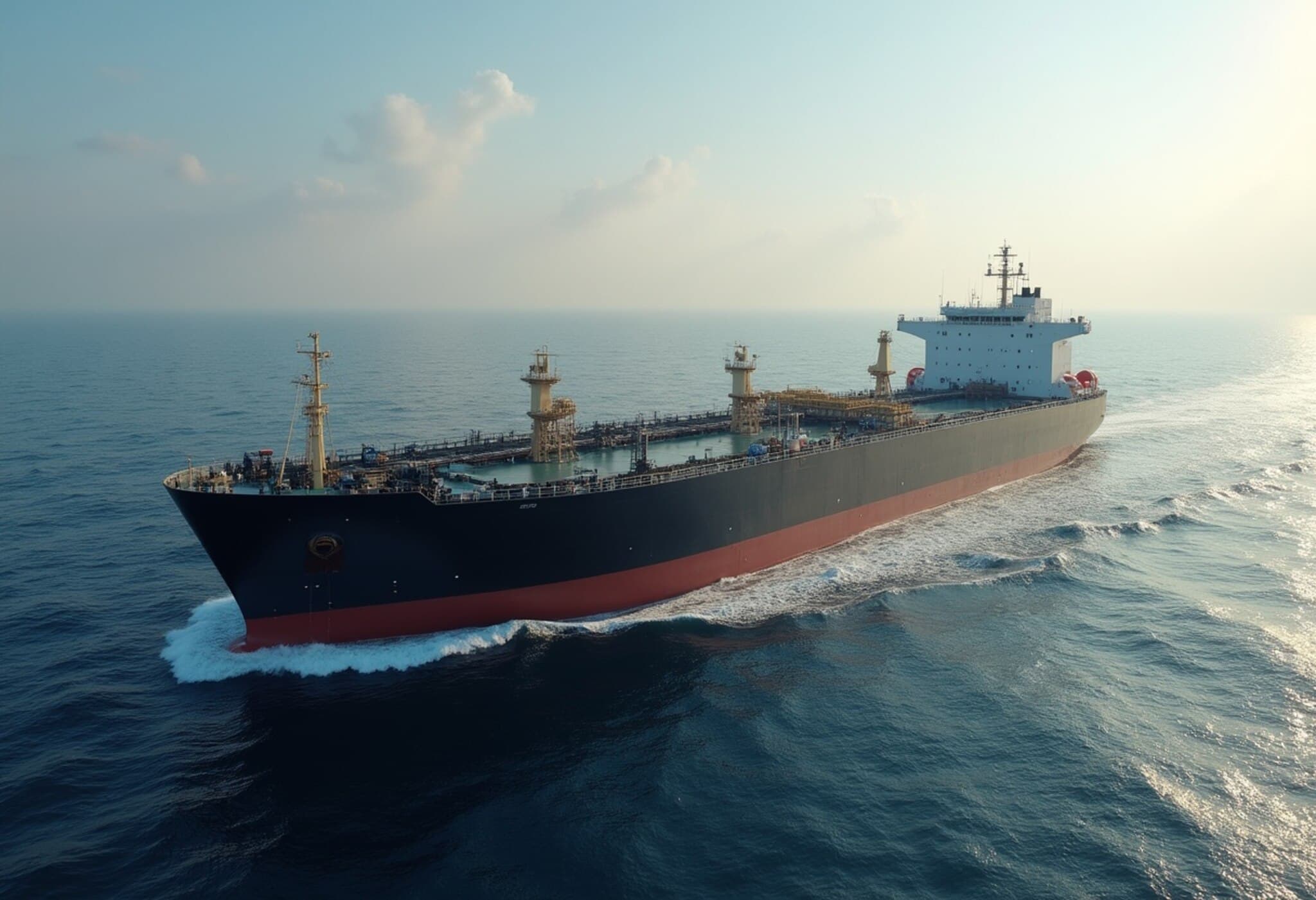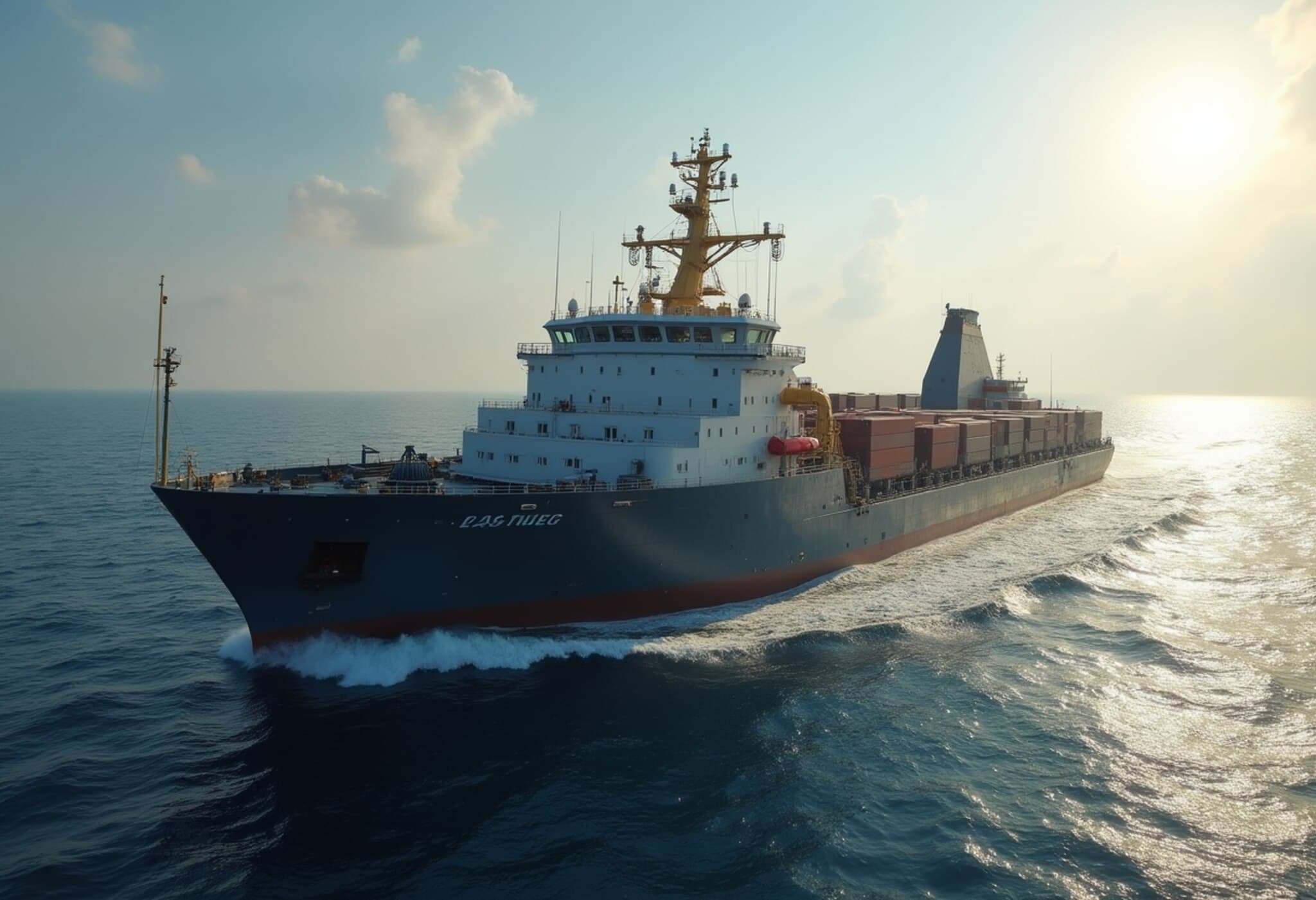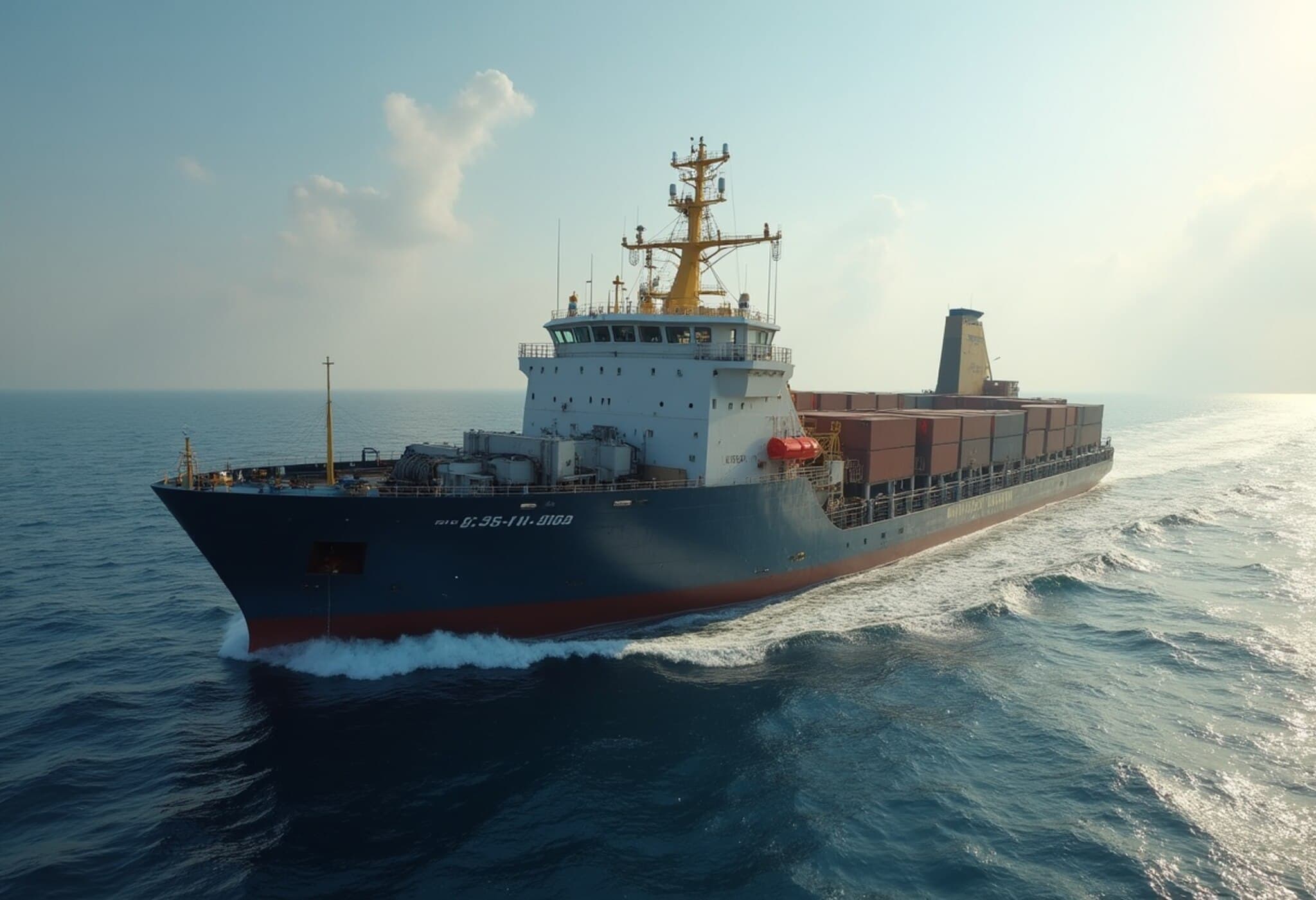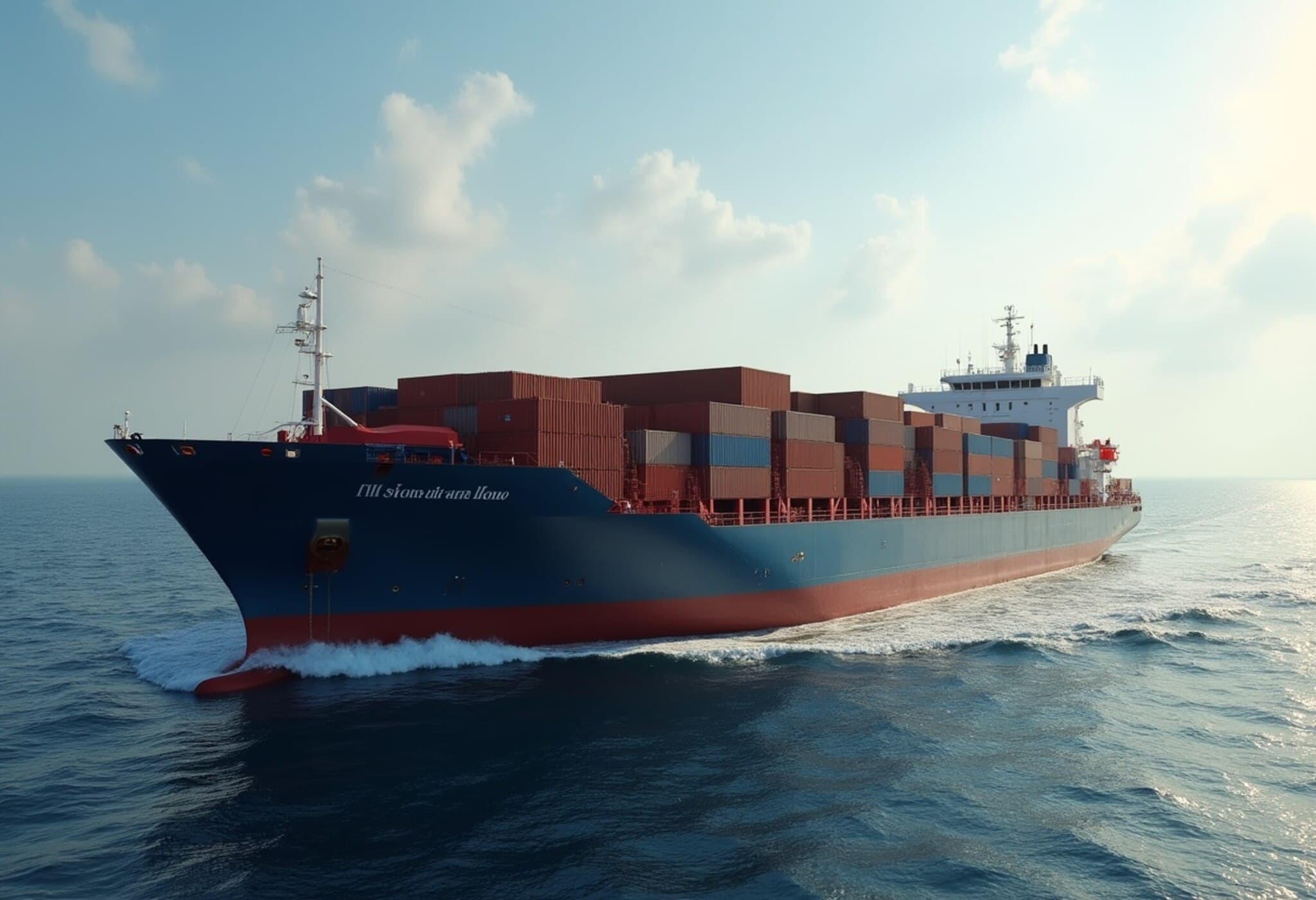China’s Unique Maritime Passage Amid Red Sea Tensions
While escalating conflict in the Red Sea has forced many global shipping companies to avoid this strategic corridor, China’s car carriers continue to traverse the troubled waters, raising questions about a possible understanding with the Houthi rebels. According to a recent intelligence analysis by Lloyd’s List, a leading British maritime information service, at least 14 Chinese car carrier vessels passed through the Red Sea and the Suez Canal last month en route to European ports, defying a pattern of rerouted maritime traffic caused by growing regional instability.
Why Are Chinese Vehicles Sailing the Red Sea When Others Avoid It?
The Red Sea, a vital artery linking Asia and Europe, has become increasingly perilous due to the aggressive tactics of the Iran-backed Houthi insurgency based in Yemen. These rebels have employed drones, grenades, and direct gunfire in recent attacks, successfully sinking two cargo ships in the past month alone. Their proclaimed motivation is solidarity with Palestinians in Gaza amid ongoing conflict, but the impact on international trade has been profound.
Against this backdrop, the continued passage of Chinese automotive shipments suggests a strategic arrangement. Daniel Nash, associate director of valuation and analytics at Veson Nautical, told The New York Times, "China has found a way to deal with the Iran-backed Houthi rebels, and they have been told that their ships will not be targeted." This implicit pact, if confirmed, would underscore China's expanding diplomatic and maritime influence in a highly volatile region.
The Economic and Strategic Stakes
Shipping through the Red Sea and Suez Canal offers far more than just a scenic route. It saves approximately 14 to 18 days per round trip compared to the longer, more costly alternative around Africa's Cape of Good Hope. This time-saving translates into significant reductions in fuel consumption, crew costs, and overall shipping expenses — estimated at several hundred dollars per vehicle. In the current inflationary global market, these savings are critical for maintaining supply chain efficiency and cost-effectiveness.
Alternatives and Broader Implications of Houthi Hostilities
Most global shipping operators have no choice but to reroute traffic south around Africa’s Cape of Good Hope, a detour that inflates freight prices, increases insurance premiums, elongates delivery timelines, and amplifies carbon emissions. The ripple effects of these disruptions extend beyond economic strain to include humanitarian impacts, such as delayed relief shipments and unstable regional port operations.
The Houthi rebellion, driven by geopolitical grievances, is also prompting multinational responses, including naval patrols and strategic coordination among affected governments and maritime firms. This complex dynamic underscores the tenuous balance of securing global trade routes against the backdrop of rising proxy conflicts and shifting power plays.
Underreported Dimensions and Policy Questions
- Diplomatic Backchannels: The apparent tacit agreement between China and Houthi forces spotlights China's pragmatic approach to securing its supply chains, possibly leveraging diplomatic ties with Iran and Yemen. How might this affect U.S. and allied strategies in the region?
- Maritime Security Frameworks: With vital shipping lanes at risk, are current international naval protections and conventions adequate to deter militancy while preserving freedom of navigation?
- Economic Fallout: Smaller exporters and importers who cannot afford longer routes or higher costs face disproportionate hardship. What measures are in place to mitigate inequities in global trade flows exacerbated by such conflicts?
Looking Ahead: Navigating Trade and Tensions
The resilience of global trade depends not only on alternative pathways but on nuanced diplomacy and security measures converging to stabilize crucial maritime corridors. China’s ability to maintain Red Sea access for its automotive exports illustrates an adaptive strategy, but also signals the fragility of trade networks in conflict-prone zones.
As the world watches developments unfold, cooperation among international actors will be vital to safeguard economic lifelines, ensure maritime safety, and prevent further escalation in this geopolitically sensitive theater.
Editor's Note
The unfolding story of China’s car carriers sailing through the volatile Red Sea against a backdrop of Houthi rebellion opens a window into the complexities of modern maritime commerce and geopolitical strategy. It raises critical questions regarding the role of non-Western powers in conflict zones, the efficacy of international maritime security frameworks, and the broader impacts on global supply chains and economies. Observers and policymakers alike must watch closely as these dynamics evolve, shaping both the future of fair trade and regional stability.

